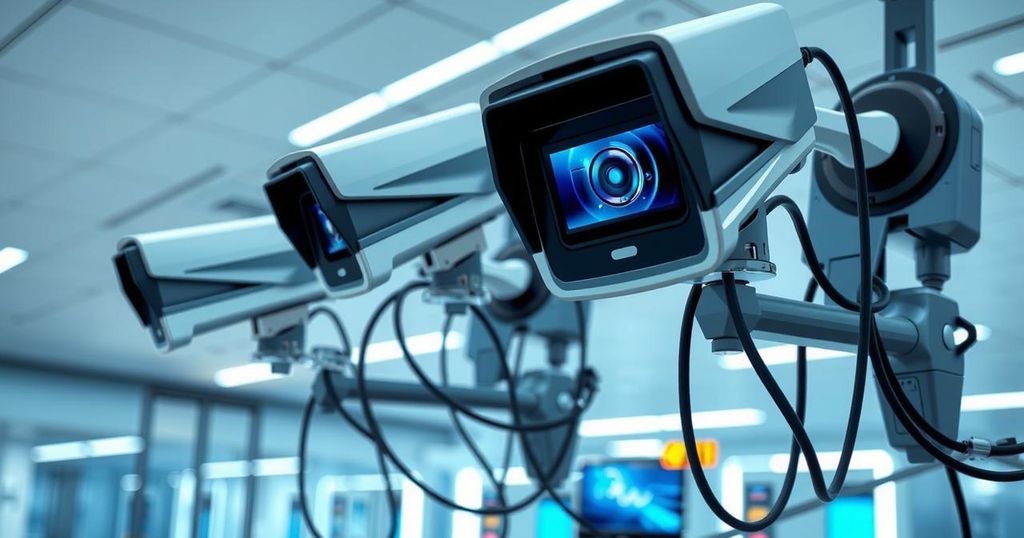Atlético Osasuna’s implementation of a facial recognition system for stadium access led to a GDPR complaint, highlighting significant issues around biometric data processing. The AEPD fined the club for inadequate compliance regarding consent, necessity, and data minimization principles. This case serves as a caution for organizations considering biometric surveillance, emphasizing strict adherence to GDPR requirements to mitigate legal risks.
Atlético Osasuna, a Spanish football club, faced a GDPR complaint after implementing a facial recognition system for stadium access. This incident sheds light on the complexities surrounding biometric data processing and its compliance with GDPR requirements. The legality of such systems raises broader issues regarding proportionality, necessity, and privacy rights. Organizations looking to adopt biometric technologies must adhere to strict legal standards to mitigate potential risks.
In April 2022, Osasuna installed a facial recognition system to expedite access for club members. To use this system, fans needed to pre-register, providing a selfie and scanned ID while giving explicit consent. While the system was optional, allowing alternative entry methods, it ignited a complaint to the Spanish Data Protection Authority (AEPD) later that year, culminating in a 200,000 euro fine in December 2024.
The AEPD determined that consent alone was insufficient for justifying biometric data processing. Despite offering an opt-out option, they found that the principles of necessity and proportionality were not satisfied. Biometric processing, being inherently risky, requires organizations to prove their methods are the least intrusive for achieving security goals.
Furthermore, the AEPD questioned the genuine necessity of facial recognition for stadium access. They suggested that traditional methods like QR codes would suffice without invasive data collection. Therefore, the lack of necessity rendered the justification for using biometric data invalid, highlighting the need for data minimization in GDPR compliance.
Businesses often employ CCTV for safety and monitoring; however, integrating facial recognition elevates legal obligations under GDPR. Traditional surveillance is typically lower risk, provided companies inform individuals about data use. In contrast, introducing biometric identification changes this status, mandating stricter compliance due to increased privacy risks associated with processing sensitive data.
This case illustrates that enhancing efficiency or security does not inherently validate the use of biometric monitoring. Biometric systems actively identify individuals, involving high sensitivity due to their handling of unique physiological traits. Organizations must obtain explicit consent and comply with stringent legal requirements when employing such technologies.
Organizations implementing biometric surveillance must conduct necessity and proportionality assessments to ensure justification. Unlike standard CCTV, biometric surveillance entails stricter justification thresholds. Entities must demonstrate that no less intrusive alternatives exist to achieve security objectives while balancing those needs with privacy rights.
In summary, while traditional CCTV may be acceptable under GDPR with proper measures, the inclusion of biometric technology complicates compliance. Businesses must take heed of the Osasuna case and refine their strategies regarding biometric applications to ensure legal conformity and align security efforts with privacy considerations.
The Atlético Osasuna case serves as a crucial lesson for organizations considering biometric surveillance. Key takeaways include the inadequacy of consent alone, the critical nature of necessity and proportionality, and the need for data minimization. Solutions such as facial recognition require robust justification beyond mere convenience. Companies integrating biometric features into their systems must navigate increased scrutiny and legal obligations surrounding data privacy under GDPR.
Original Source: www.datenschutz-notizen.de





